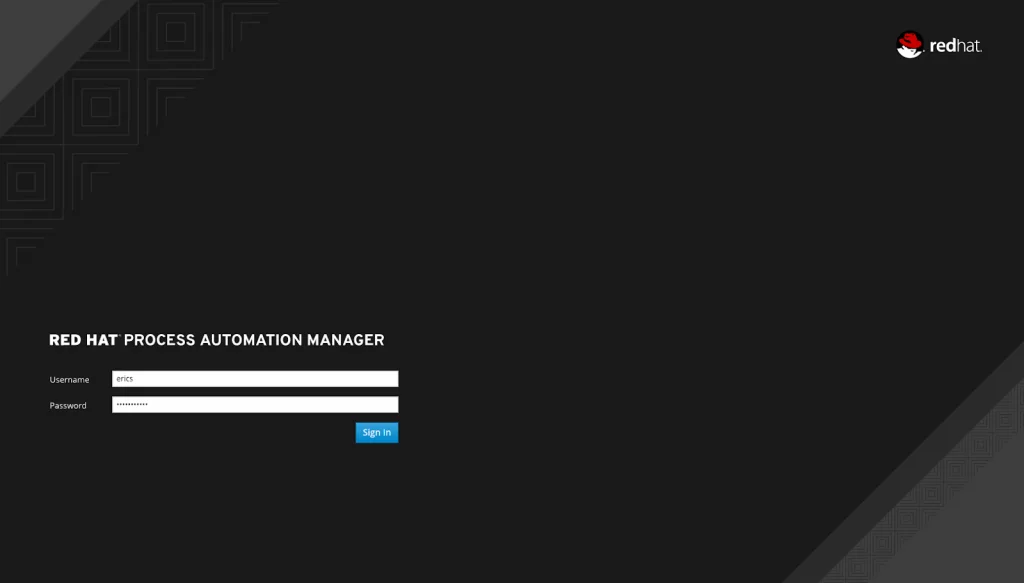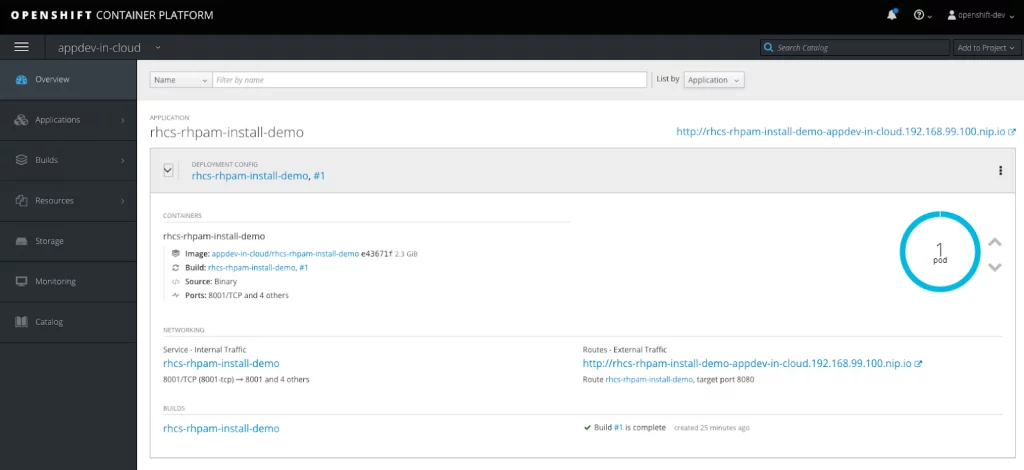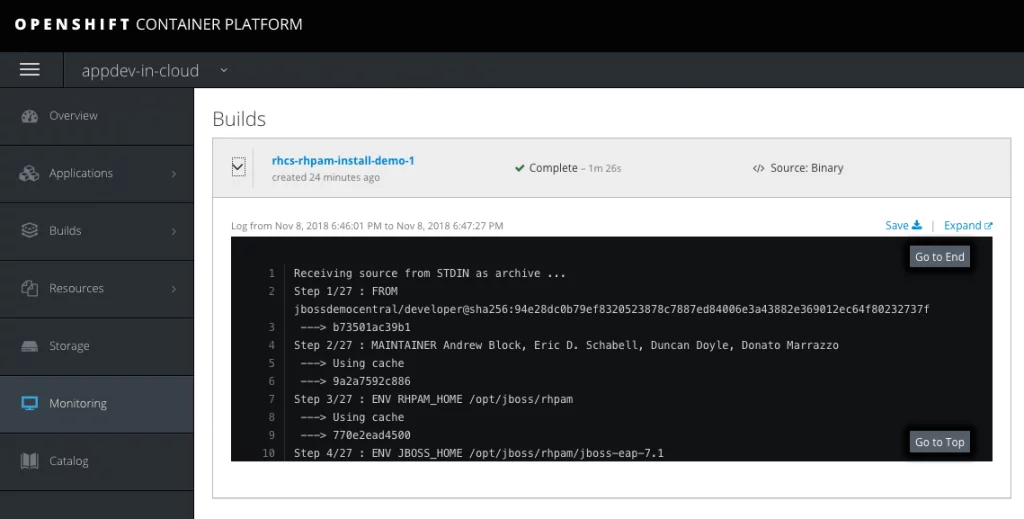AppDev in Cloud: How to put Red Hat Process Automation Manager in your Cloud
It’s been some time since we talked about putting JBoss BPM Suite into your cloud and with the new product release it’s time to talk AppDev in the Cloud again.
It’s time to update the story and show you how to put Red Hat Process Automation Manager in your cloud.
With this easy installation demo project you’re able to leverage process automation tooling through the business central web console running containerized on any OpenShift Container Platform (OCP).

Let’s take a closer look at how this works.
Red Hat Process Automation Manager easy installation
Below is the outline from the easy installation project, a demo that gets you started in the fastest possible way.
The goal here is to get you up and running, with a standard configuration to start your first business rules project.

This section will take you through the simple to install example project that gives you a fully operational, fresh out of the box installation of Red Hat Decision Manager.
Not only that, it will be a containerized installation that is created on your OpenShift installation!

Watch the container building live on OpenShift Container Platform First ensure you have an OpenShift container based installation, such as one of the following installed first:
- OCP Install Demo
- or your own OpenShift installation.
- Download and unzip this demo.
- Add products to installs directory.
- Run ‘init.sh’ or ‘init.bat’ file. ‘init.bat’ must be run with Administrative privileges:
# The installation needs to be pointed to a running version # of OpenShift, so pass an IP address such as: # $ ./init.sh 192.168.99.100 # example for OCP. $ ./init.sh 10.1.2.2 # example for CDK.
Now log in to Red Hat Process Automation Manager and start developing containerized rules projects (the address will be generated by the init script).
- OCP example: http://rhcs-rhpam-install-demo-appdev-in-cloud.192.168.99.100.nip.io/business-central ( u:erics / p:redhatpam1! )

Be sure to give the container time to not only start up, but to start up JBoss EAP with Red Hat Process Automation Manager. You can check this by finding the deployed pod in the OpenShift console and looking into the logs tab.
That’s it, you are now able to start developing process automation projects at your leisure.
Stay tuned for more by watching for updates here or following the projects at Red Hat Demo Central.
As an extra, you can follow along as the online workshops are updated and the starters kit is updated for Red Hat Process Automation Manager. This includes a separate project with a local installation of Red Hat Process Automation Manager, should you want to avoid containers and cloud deployment.
| Published on System Code Geeks with permission by Eric Schabell, partner at our SCG program. See the original article here: AppDev in Cloud: How to put Red Hat Process Automation Manager in your Cloud Opinions expressed by System Code Geeks contributors are their own. |




